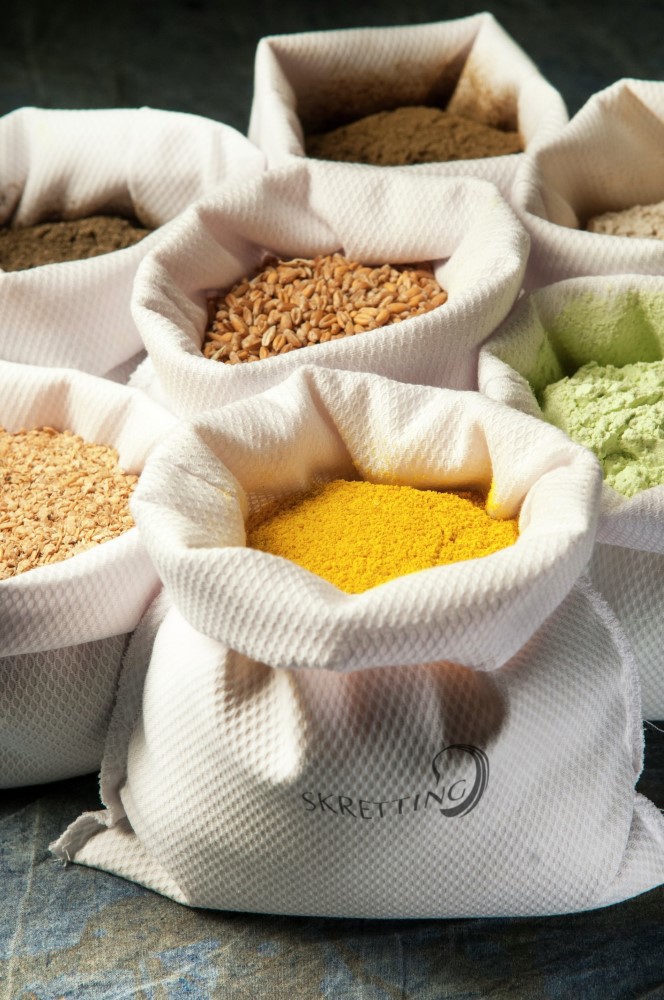
In addition to auditing all of our internal operations, all of our suppliers undergo a comprehensive evaluation and approval process to ensure the supply of premium-quality, renewable and responsibly managed resources. Robust analyses of all approved raw materials are subsequently conducted at delivery and throughout the formulation process up to the point that the feeds are released to our customers. We can also trace individual batches of raw materials back to the farm where they were produced. This unique concept allows our customers and end-consumers to have full confidence with regards to the feeds used by the aquaculture industry.